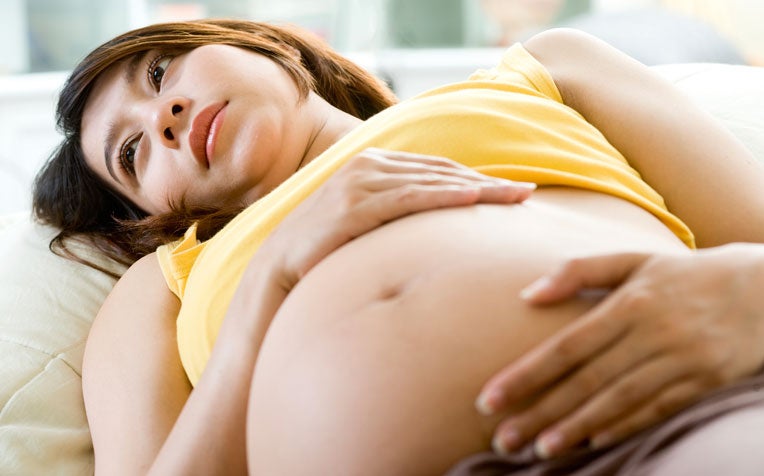
Epidural analgesia should be administered when mothers-to-be ask for it.
Epidural analgesia is highly effective against labour pain. Dr Sng Ban Leong, Deputy Head and Senior Consultant, Department of Women’s Anaesthesia, KK Women’s & Children’s Hospital (KKH), a member of the SingHealth group, shares all you need to know about epidural and other labour pain relief methods.
Benefits and side effects of epidural analgesia
Benefits
- Provides safe and reliable pain relief in labour
- Provides better blood flow to the placenta, and therefore to the baby
- Beneficial for women with high blood pressure, pre-eclampsia, heart problems, diabetes
“In women who suffer from pregnancy-induced hypertension, both EA and CSEA can help prevent the blood pressure from reaching critically high levels during labour,” says Dr Sng.
Potential side effects
- Shivering
- Itching
- Nausea
- Fever
- Muscle weakness
- Headache
These side effects are usually transient. Serious complications are extremely rare.
Is there an optimum time to give an epidural analgesia to a woman in labour?
According to a Singapore-based research study published in the Cochrane Library, the appropriate time to give an epidural during labour, is when the mother-to-be asks for it.
Researchers from KKH, Duke-NUS Graduate Medical School, the Singapore Clinical Research Institute and NUS Yong Loo Lin School of Medicine, carried out a systematic review comparing the outcomes of early and late administration of epidural for pain relief during childbirth. They reviewed data from nine studies involving 15,752 first-time mothers, and found that early and late administration of epidural had very similar effects.
The study also found that early epidural pain relief did not increase the risk of a Caesarean delivery or a delivery requiring the use of instruments.
Alternative labour pain relief methods
Pregnant women can opt for alternative labour pain relief methods, with or without medications. The following are some examples:
Medication-free methods:
- Breathing exercises
- Relaxation techniques, e.g. gentle back massage given by the partner
Methods involving medication:
- Etonox gas, commonly known as ‘laughing gas’: This gas may cause light-headedness, drowsiness or nausea.
- Pain-relieving drugs, e.g. pethidine: These drugs, injected into the muscles, can cause nausea or drowsiness in the mother and baby, and respiratory depression in the baby after birth. Pethidine cannot be used when delivery is imminent.
“It is important that pregnant women discuss the pain-relief options with their doctors before their labour, and understand the risks and benefits to make informed, evidence-based choices,” says Dr Sng.
Ref: R14
Contributed by














 Get it on Google Play
Get it on Google Play